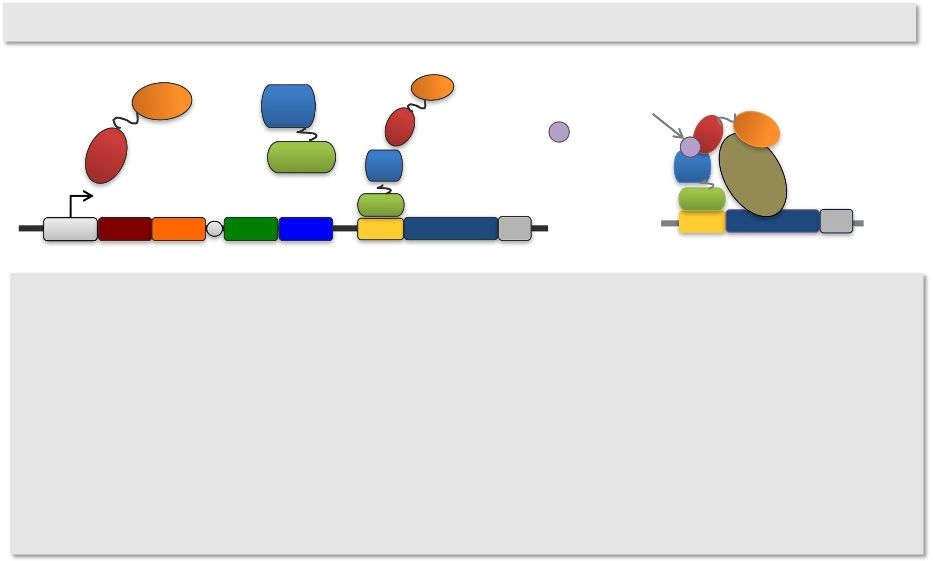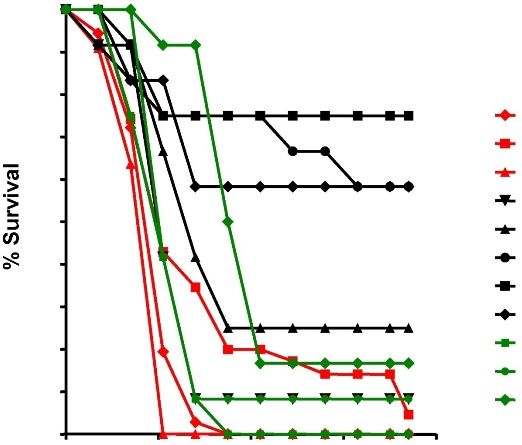Free signup for more
- Track your favorite companies
- Receive email alerts for new filings
- Personalized dashboard of news and more
- Access all data and search results
Filing tables
Filing exhibits
TCRT similar filings
- 7 Aug 14 Results of Operations and Financial Condition
- 31 Jul 14 ZIOPHARM Oncology and Solasia Pharma Announce Global License and Collaboration Agreement for Darinaparsin
- 19 Jun 14 Departure of Directors or Certain Officers
- 22 May 14 ZIOPHARM Announces Oral Presentation Highlighting Ad-RTS-IL-12
- 8 May 14 Results of Operations and Financial Condition
- 8 Apr 14 ZIOPHARM Presents Preclinical Data at AACR Annual Meeting
- 28 Mar 14 Other Events
Filing view
External links









